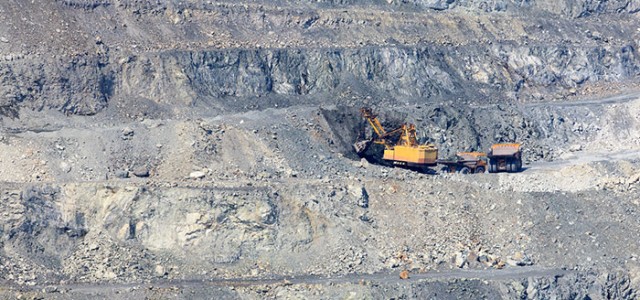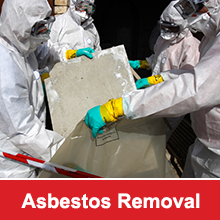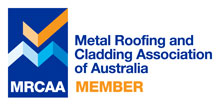The term asbestos is actually a generic term that is used to refer to a type of silicate minerals that are naturally occurred. Asbestos is mined and then milled from native rock. Among those most common types of asbestos minerals are amosite, chrysotile, crocidolite, anthophyllite, tremolite, and anctinolite. Very thin and fibrous, asbestos is also quite strong and features heat resistance and a durable insulating capacity. Due to its ability to be woven in an intricate manner, asbestos has been used in a variety of industrial applications. Among the various types of products that have been produced with asbestos over time include cement, pipes, guttering, flooring, and roofing shingles. Such materials were commonly used in Australia as well as around the world between the 1940s and the 1980s.
When used for resistance to heat or fiber, asbestos was frequently woven into mats or mixed with cement. Along with being used in construction materials, asbestos was also commonly used on hotplate wiring and electric ovens due to its tremendous heat resistance at elevated temperatures.
Asbestos Mining in Australia
Along with being used in a variety of manufacturing and construction purposes, asbestos was also widely mined throughout Australia. According to some experts, Australia possessed the highest per capita rate of asbestos usage of anywhere in the world between the 1950s and the 1980s. Between the 1940s and 1966, asbestos mines were operated at Wittenoom in Western Australia. During that time, nearly 161000 tonnes of the material were mined. The mine was eventually shut down in 1966. One year later, the use of blue asbestos was banned. In the late 1970s, Australia began to implement regulations regarding the use of asbestos products. The use of brown asbestos was discontinued in the mid-1980s while white asbestos was finally banned in 2003. While the Wittenoom mine was certainly the most prolific in Australia, it was not the only such mine. Asbestos was also mined in Woodsreef, located near Barraba in New South Wales.
Asbestos today
Today, more than 40 countries around the world have instituted bans on the importation and use of materials containing asbestos. In spite of the bans that have been instituted, many residents throughout Australia remain at risk for serious health issues due to asbestos exposure in older construction. Of particular concern is the risk for development of mesothelioma, a specific type of lunch cancer associated with asbestos exposure. Older structures are frequently of most concern due to the asbestos cement as well as other asbestos containing products that were frequently used in the past.
Asbestos Safety Concerns
The renovation or demolition of any structures that were built prior to the institution of bans can be particularly dangerous. When construction products containing asbestos products are disturbed, asbestos fibres may be released into the air, where they can be easily inhaled. Once asbestos fibres are inhaled, they may become embedded into the lungs and cannot be released. In order to ensure the complete safety of all inhabitants and the public, professional asbestos removal is necessary in the event of a planned demolition or renovation project.
Thanks for reading,
Russell Steel
(02) 9660 5937






Comments are closed.